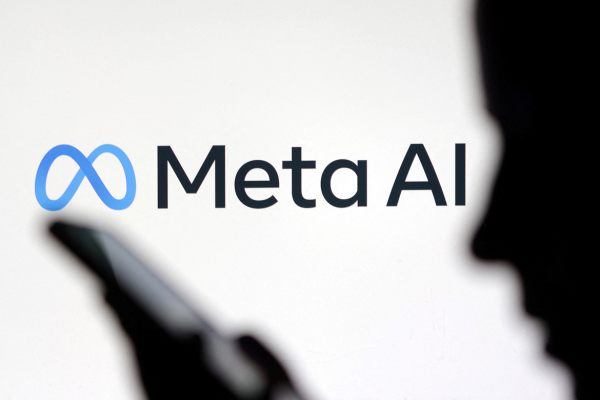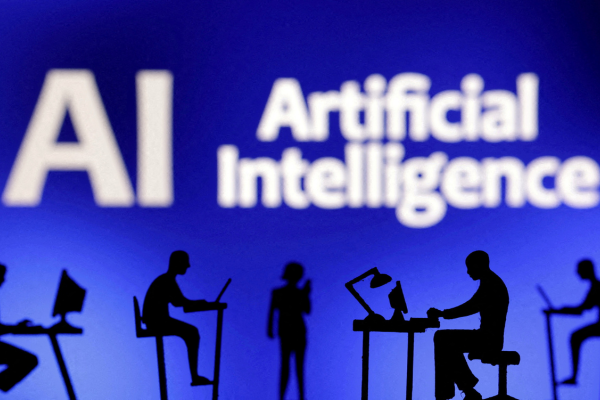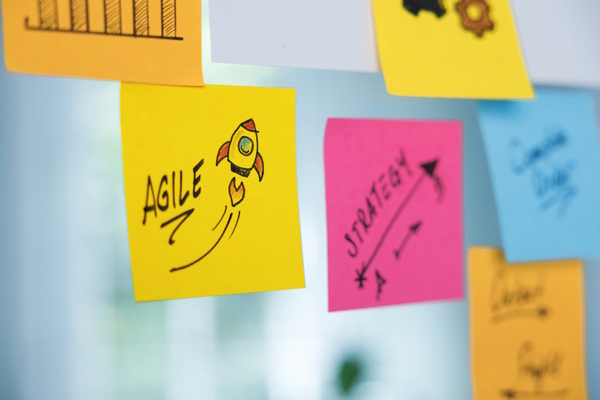Combining AI and user experience design

Jakub Wujek at STX Next shares his view on how artificial intelligence and user experience design can support intuitive and optimised business applications
As new tools powered by artificial intelligence (AI) are continuously implemented across industries, efforts to successfully combine their potential with strong user experience (UX) design have naturally stepped up. If an AI-powered application or solution is to save you the time that it claims it can, it must be designed in an intelligent and intuitive fashion.
Just as specialised tools have been designed to tackle specific challenges, UX designers are now tasked with the equally important role of crafting experiences that strongly resonate with users and allow AI to successfully deliver on its promise.
Arguably, AI’s true value only emerges when it is seamlessly integrated into a broader software ecosystem, enabling more complex and comprehensive solutions that can adapt to user needs. UX design can therefore be crucial in reducing the adaptation time of AI tools, which can be the difference between their success and failure once deployed.
There are a number of key things to consider when designing in the AI era; keeping these in mind for your next project will go a long way in supporting the implementation of new tools.
The user is always right
Users will often face challenges that can be alleviated through thoughtful design that considers their challenges and requirements.
For instance, consider a salesperson that uses a customer relationship management (CRM) system. Traditionally, they might spend a considerable amount of time manually tracking their sales process. However, with AI, this time can be drastically reduced, allowing users to focus on what truly matters: building relationships and closing deals.
Now take this further: imagine a scenario where AI not only tracks interactions but also suggests optimal follow-up strategies based on historical data, making the entire sales process more strategic and seamless.
Employees are supported in their roles in a way that suits them and helps them to deliver on their aims. This is where optimised UX design can support AI to deliver its true potential.
Understand the user’s needs
To effectively integrate AI technology within software, it is crucial to understand the user’s needs and the processes they engage in. Conducting in-depth interviews with target users can provide invaluable insights into their workflows and pain points. Only someone that works in the role will be able to confidently say what they need and where they can be supported, and UX designers rely on this being communicated with them in order to make tools a success.
This understanding allows designers to pinpoint where AI can be most valuable – whether through automating repetitive tasks or enhancing user capabilities. For example, a salesperson might benefit from AI that automates research on potential clients, providing them with tailored insights that can lead to more meaningful interactions when it comes to making sales.
Automation vs augmentation
When integrating AI into UX design, it is essential to distinguish between automation and augmentation.
Automation refers to the implementation of AI to handle repetitive and mundane tasks that do not require human intervention. For example, AI can automate data entry or generate reports, freeing up users to focus on more strategic activities. This not only increases efficiency but also reduces the likelihood of human error.
On the other hand, augmentation involves enhancing human capabilities rather than replacing them. For instance, AI can assist a salesperson in crafting personalised emails by suggesting content based on previous interactions. This allows the salesperson to maintain control over communication while benefiting from AI’s efficiency.
Recognising the potential value of a solution is an integral first step in enhancing it with intelligent design and ensuring that it can support people in their roles.
Establish the meaning of success
To ensure that AI tools are effective, it is vital to establish clear metrics for success. These metrics should reflect the specific goals of the AI implementation, whether that be increased efficiency, improved accuracy, or enhanced user satisfaction.
Both developers and users should be aware of these goals and regular feedback should be sourced alongside the measuring of agreed metrics.
This way, developers are able to accurately measure the performance of models and make necessary adjustments and improvements as and when they are needed. In a sales context, metrics could include the time saved on administrative tasks or the increase in successful client interactions. By focusing on these targets, designers can continuously refine AI tools to better meet user needs.
Leverage feedback
Feedback loops are essential in AI design. Users should be informed about an AI model’s capabilities and limitations. For instance, if an AI tool suggests responses for customer enquiries, users should have the opportunity to review and approve these suggestions before they are sent.
Data can be collected in a number of different ways outside of interviews, such as via feedback forms and other methods, all of which contribute to a better understanding of a tool’s performance.
This process not only builds trust amongst those that are using and relying on the tools for their role, but also ensures that the final output aligns with the user’s expectations. Furthermore, informing users about an AI model’s potential errors can empower them to make more informed decisions in their roles and can be useful in fine-tuning tools.
Enhancing the UX
The delivery of new AI projects remains a priority for many businesses. In UX design, the focus should be on enhancing user experiences to create AI tools that not only solve problems but empower users too.
The success of such projects lies in the ability to harness the power of AI while keeping the user at the centre of the design process. By embracing these principles, new AI-driven solutions will not only be functional, but also enriching for the user experience. Integrating AI into UX design is not just about technology but creating a more intuitive, efficient, and human-centric approach.
Jakub Wujek is an AI Product Designer at STX Next
Main image courtesy of iStockPhoto.com and Chaosamran_Studio

Business Reporter Team
Most Viewed
Winston House, 3rd Floor, Units 306-309, 2-4 Dollis Park, London, N3 1HF
23-29 Hendon Lane, London, N3 1RT
020 8349 4363
© 2024, Lyonsdown Limited. Business Reporter® is a registered trademark of Lyonsdown Ltd. VAT registration number: 830519543





